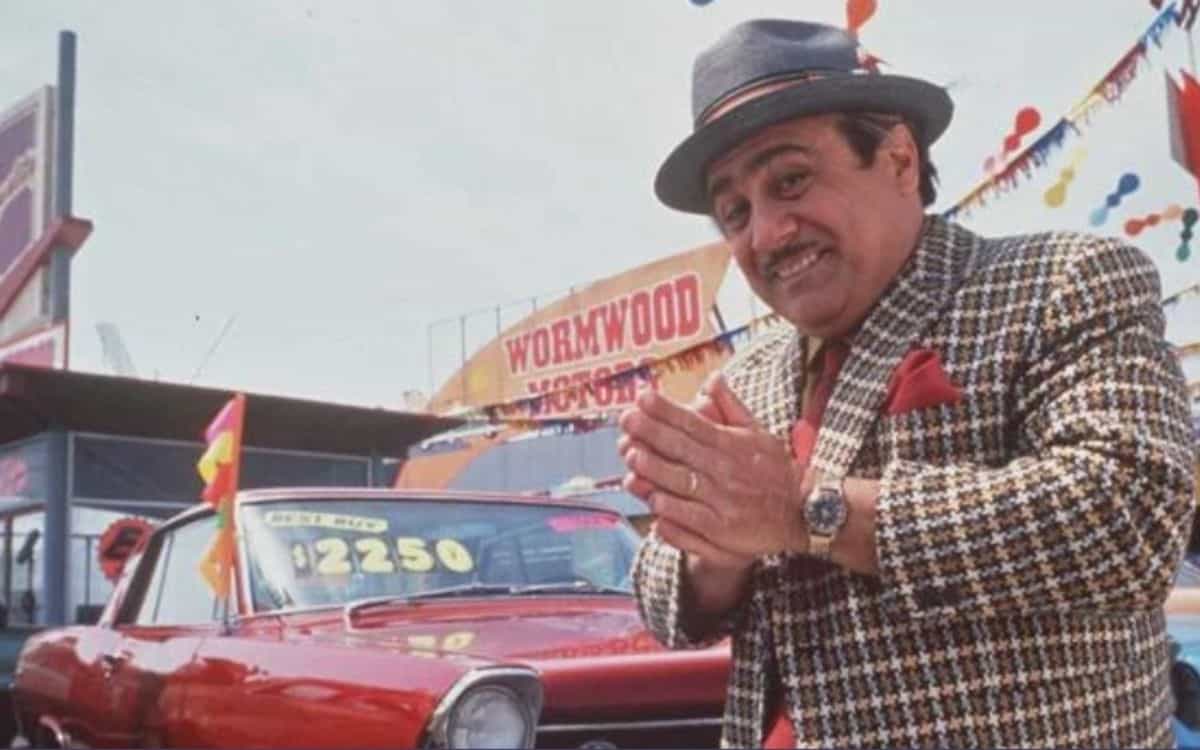Buying a used car? Here are 7 hot tips to always keep in mind
Published on May 22, 2022 at 3:21 PM (UTC+4)
by Patrick Jackson
Last updated on May 22, 2022 at 3:28 PM (UTC+4)
Edited by
Patrick Jackson
Picking out your next ride can always be a fun yet daunting process.
It’s also especially complex these days as well, with global parts shortages creating massive delays for new car buyers.
That’s why buying a used car is an increasingly great option for many as it takes care of those long wait times.
Used cars are obviously a common choice for first-car buyers as well.
To help you avoid the pitfalls of buying a car, here are seven important things to always remember when looking at a used car (so you can dodge the likes of Danny Devito’s Harry Wormwood – the scumbag used car salesman from Matilda).

1. Check the paintwork, wheels and tires
One of the most obvious initial signs of how a car has been cared for and treated is the condition of its paintwork.
If it’s covered in swirl marks and water stains, it’s likely to have been run through rough car washes more times than you can count.
Dings, dents and scrapes are also signs of mistreatment.
CHECK THIS OUT!
Surface rust is also something to watch out for.
Checking the wheels to see if they’ve been inflicted with gutter rash is also important.
While you’re down there, be sure to look at the tires as well. Ask yourself:
- Are they all the same brand?
- Are they a high-quality tire?
- Do they have a good amount of tread left on them?
Answering ‘no’ to these three questions is a sign of cheaping-out by the previous owner.
READ MORE: Buying a new car? Here are 6 things you need to remember before you sign on the dotted line
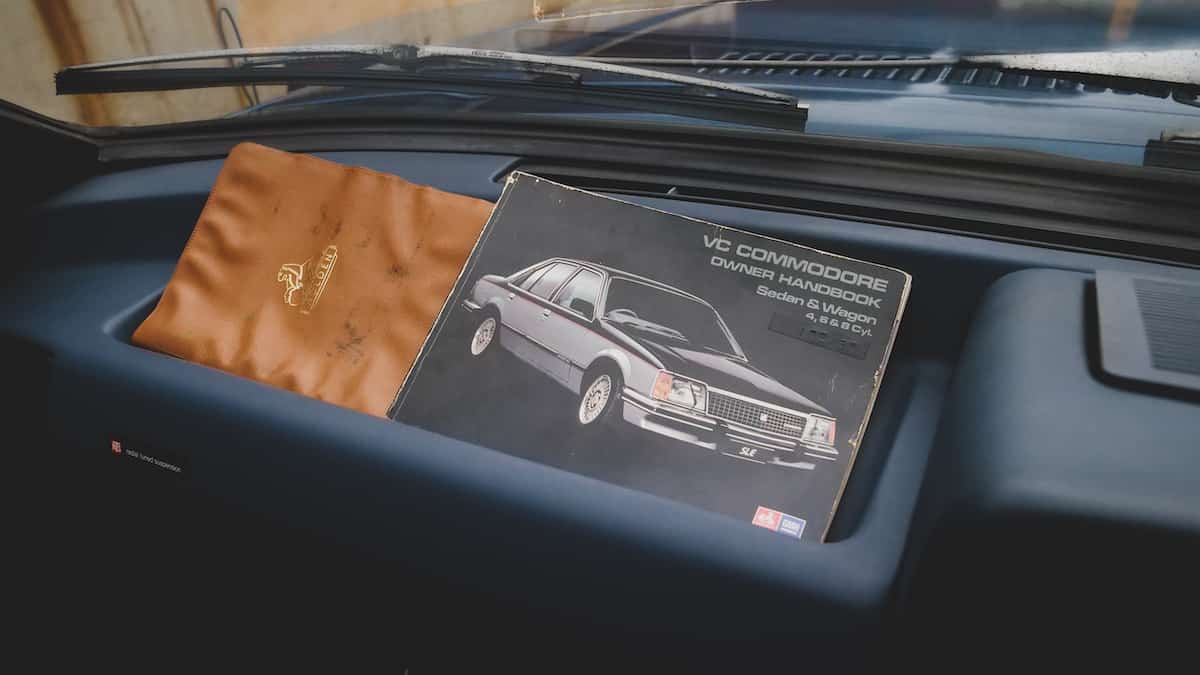
2. Ensure the car has all its log books
Beyond the visual signs of neglect, it’s important to check through the vehicle’s log books to make sure it’s been serviced on time by reputable mechanics.
But if the vehicle doesn’t have its log books that will leave you in the dark as to how it’s been maintained, making for a riskier purchase.
It’s worth asking the seller if they have receipts for servicing and repairs done to the car as well.
Owners who truly value their cars will often have these saved away.
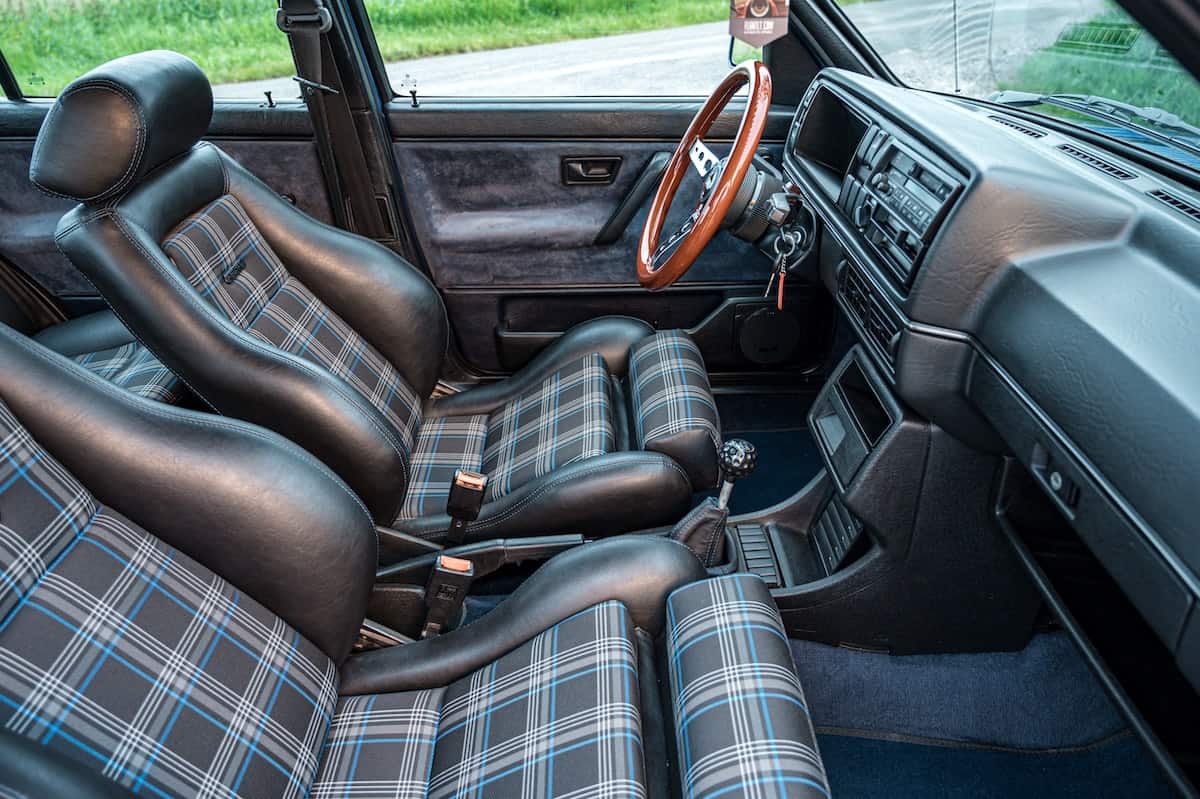
3. Check under seat covers and make sure electronic features work
If the vehicle you’re looking at has seat covers, make sure you lift them up and have a look under them.
Often, cars with damaged upholstery will have these to cover that up.
While you’re sat there, check that all electronic components like the stereo, climate control and heated seats work as well.
Electronic fixes can range from a cheap fuse to entire vehicle computers that cost hundreds to replace.
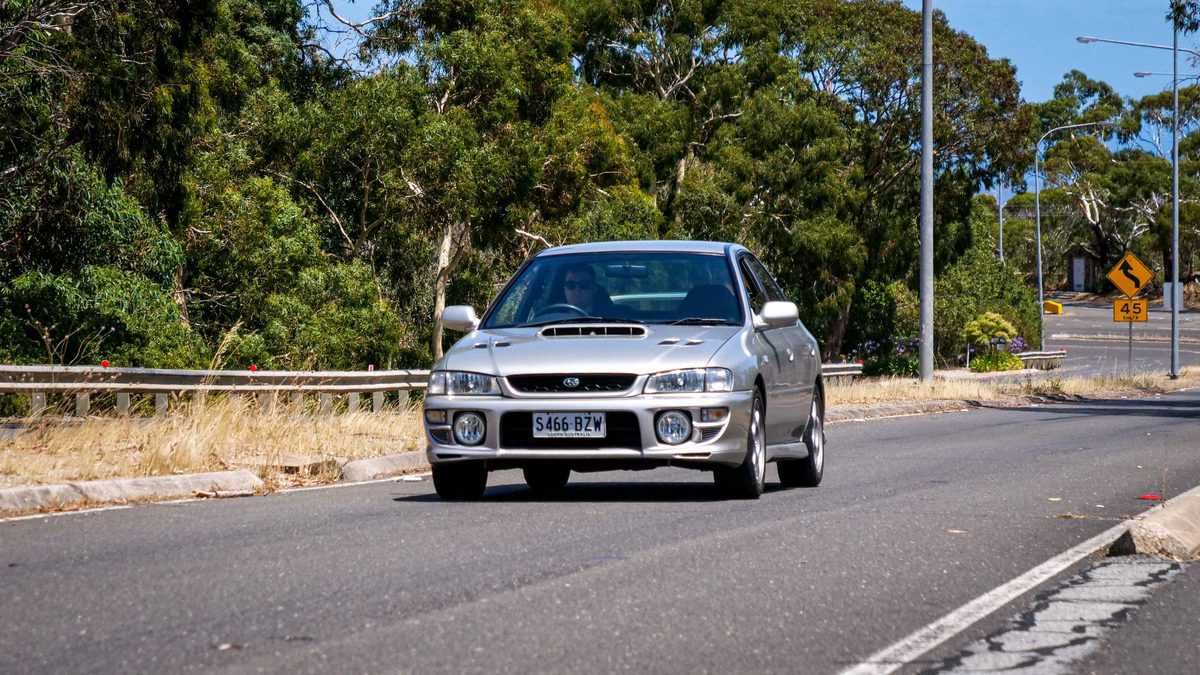
4. Take it for a thorough test drive
Before hitting the road, make sure that the vehicle starts without any hiccups.
Also, if the car’s already been warmed up to temperature before your arrival, that could have been done to mask a cold start issue.
Once you’re out on the street, check that it accelerates smoothly through all gears with no misfires or power dips.
In a manual, check for clutch slippage or crunchiness between gear positions.
For an automatic, make sure all shifts are smooth and predictable.
Be sure to take the car over some potholes to ensure the suspension is in good order.
Perform an emergency stop as well to check the brakes are strong and don’t shudder.
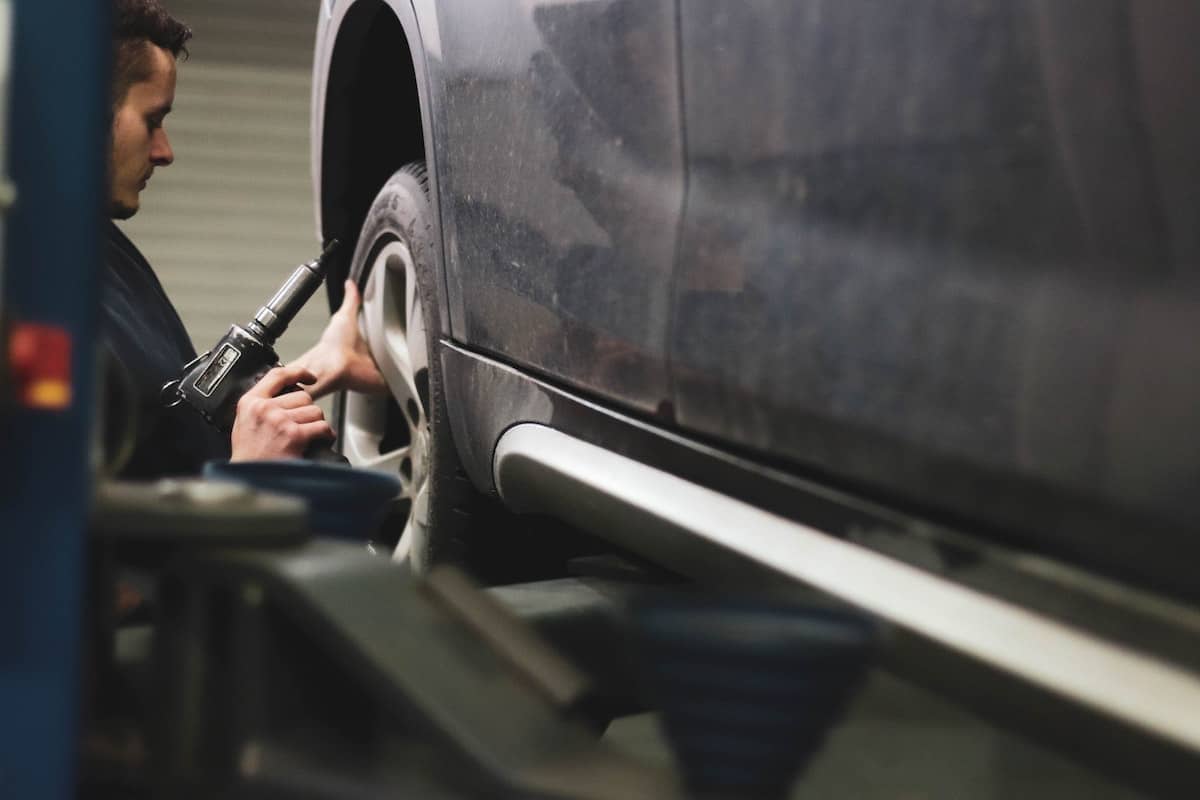
5. Get a mechanic’s report for peace of mind
If you’re particularly concerned, it can pay to have a trusted mechanic do an inspection.
They can ensure there’s nothing untoward that you can’t see, such as rust, oil leaks or mechanical defects.
Make sure to check that the vehicle isn’t due (or overdue) for any major service work as well, such as a timing belt replacement.
It also pays to check whether any outstanding recall work needs to be performed on the vehicle.
Often this can relate to safety components such as airbags.
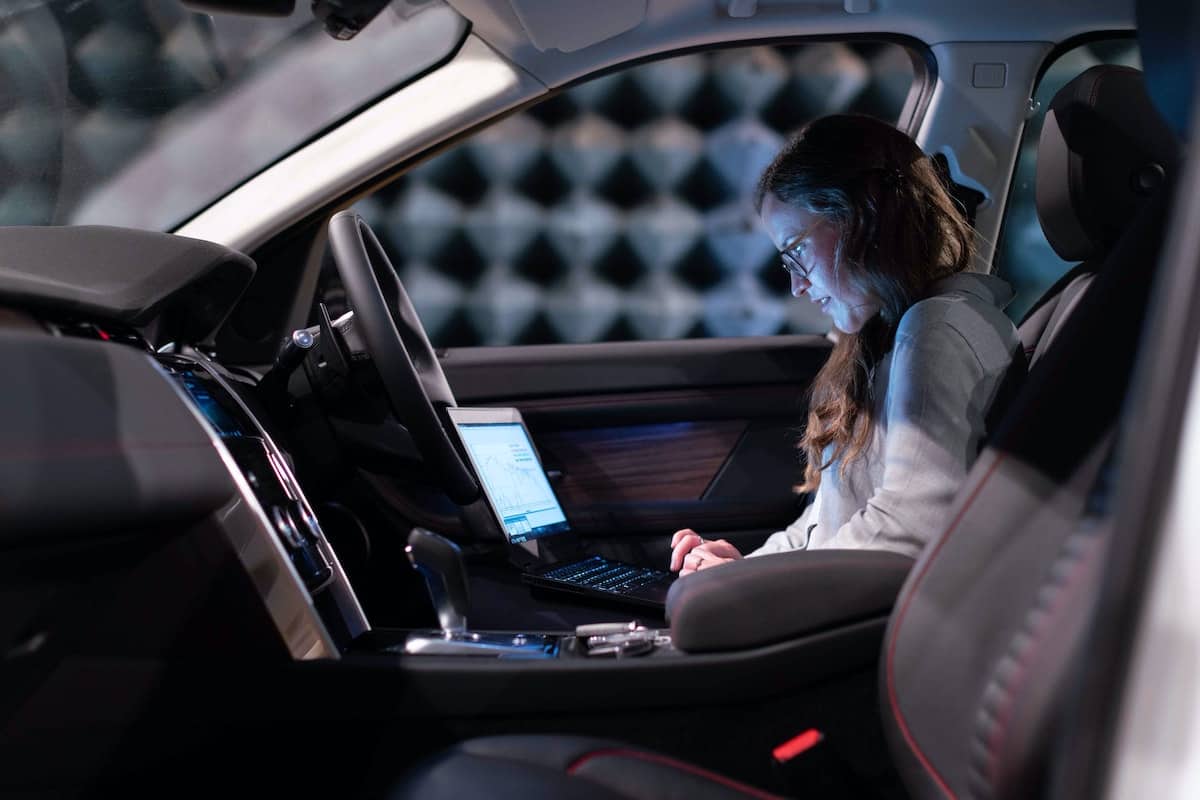
6. Do your research on what’s a fair price
Before you start shopping around and handing your money over, check all the major online car listings for how much the vehicle you’re interested in typically sells for.
Knowing this will allow you to negotiate more easily, depending on the vehicle’s mileage, condition and options.
Don’t be afraid to negotiate, either! As long as your offer isn’t insulting, pitch for a number slightly lower than your ideal spend and typically, you’ll be able to meet in the middle.

7. Don’t be afraid to walk away
Finally, if the car you’re looking at isn’t what you thought it was cracked up to be, don’t be afraid to walk away.
Even if the car is cheap, don’t let that distract you from any major flaws it has.
Listen to your gut instinct and try to source a second opinion, be it from a friend or a professional like a mechanic to reassure you.
WATCH:
DISCOVER SBX CARS: The global premium car auction platform powered by Supercar Blondie

A car zealot from a young age, Patrick has put his childhood spent obsessing over motoring magazines and TV shows to good use over the past six years as a journalist. Fuelled by premium octane coffee, he’s contributed to Finder, DriveTribe, WhichCar, Vehicle History and Drive Section.
